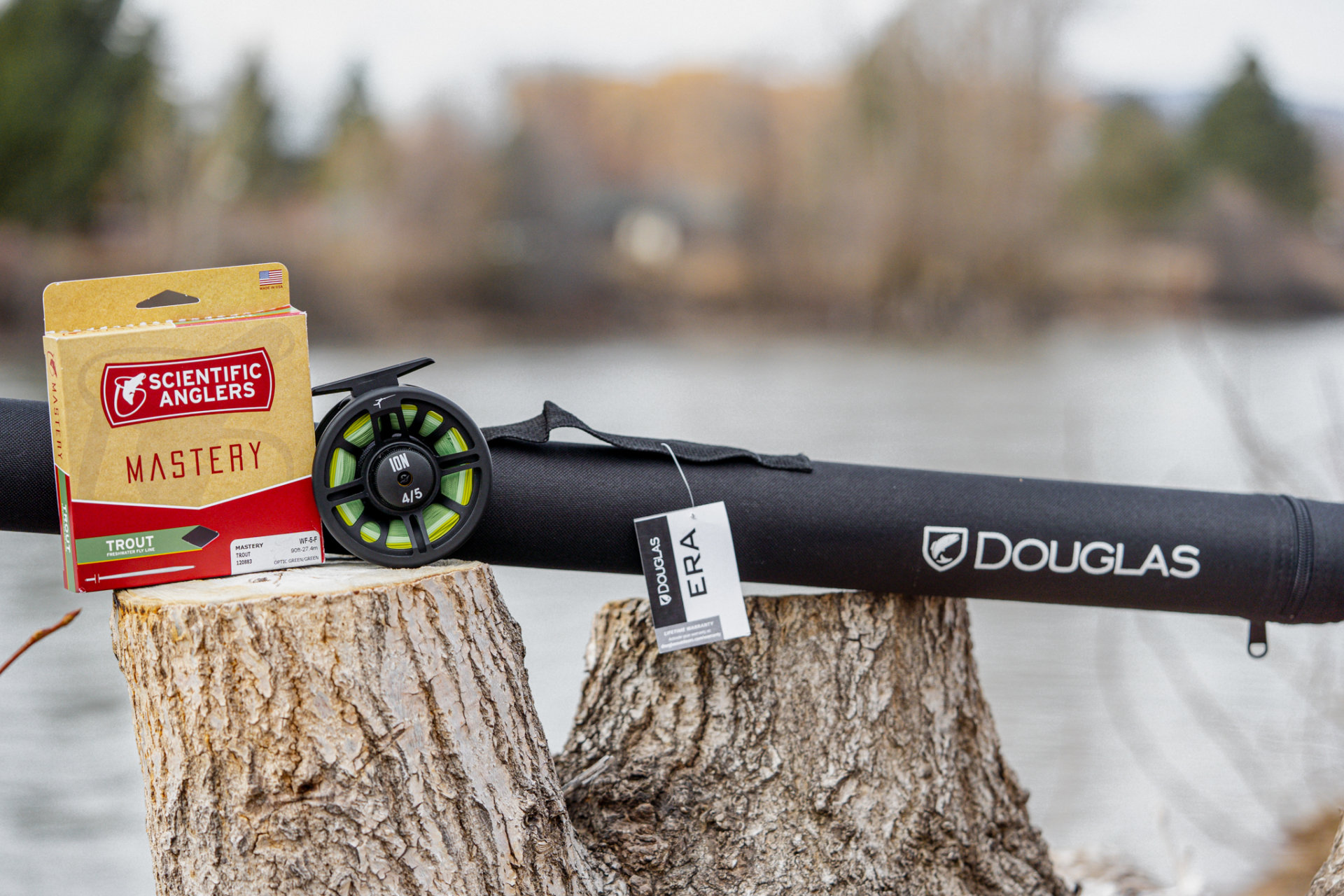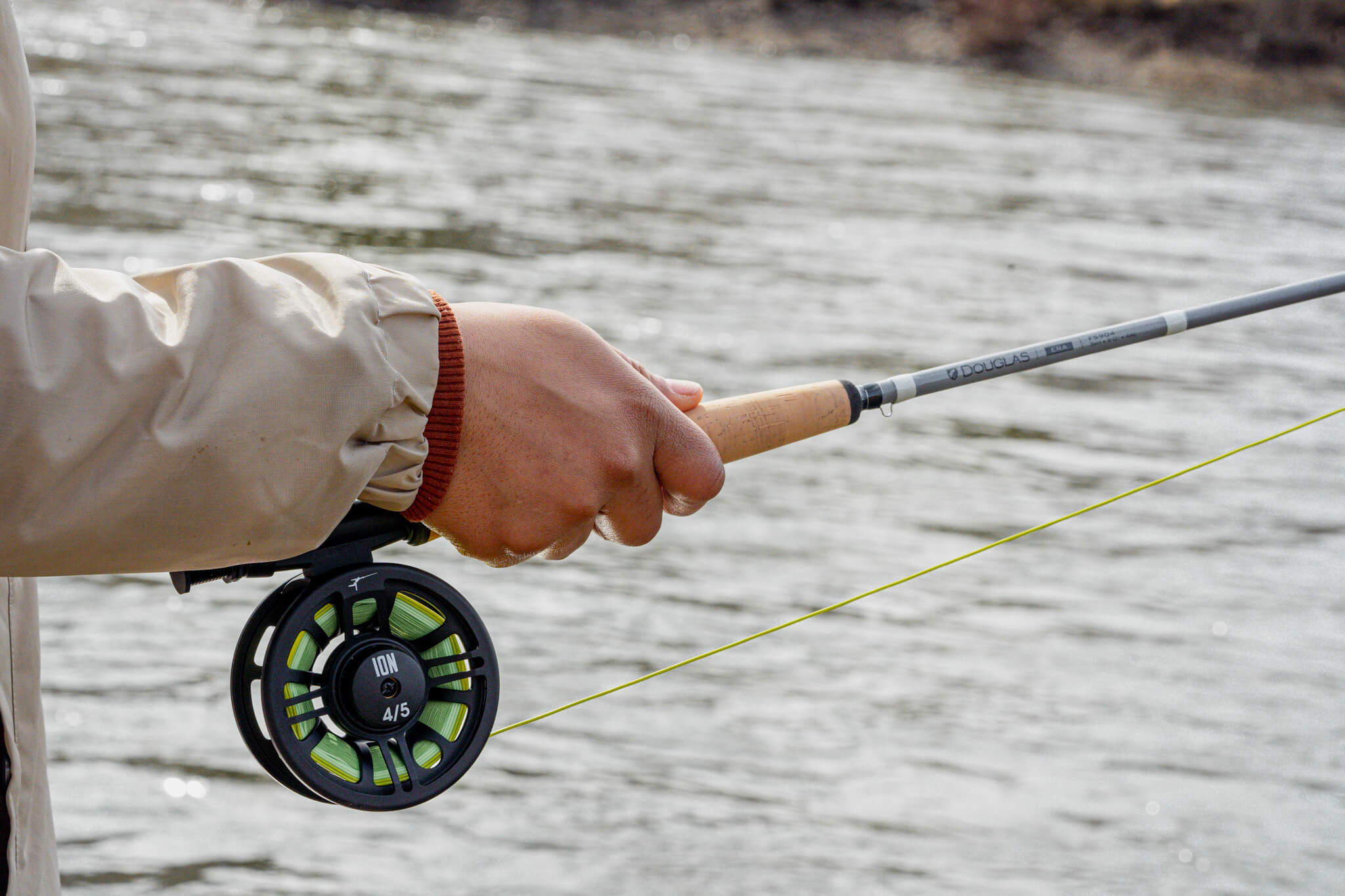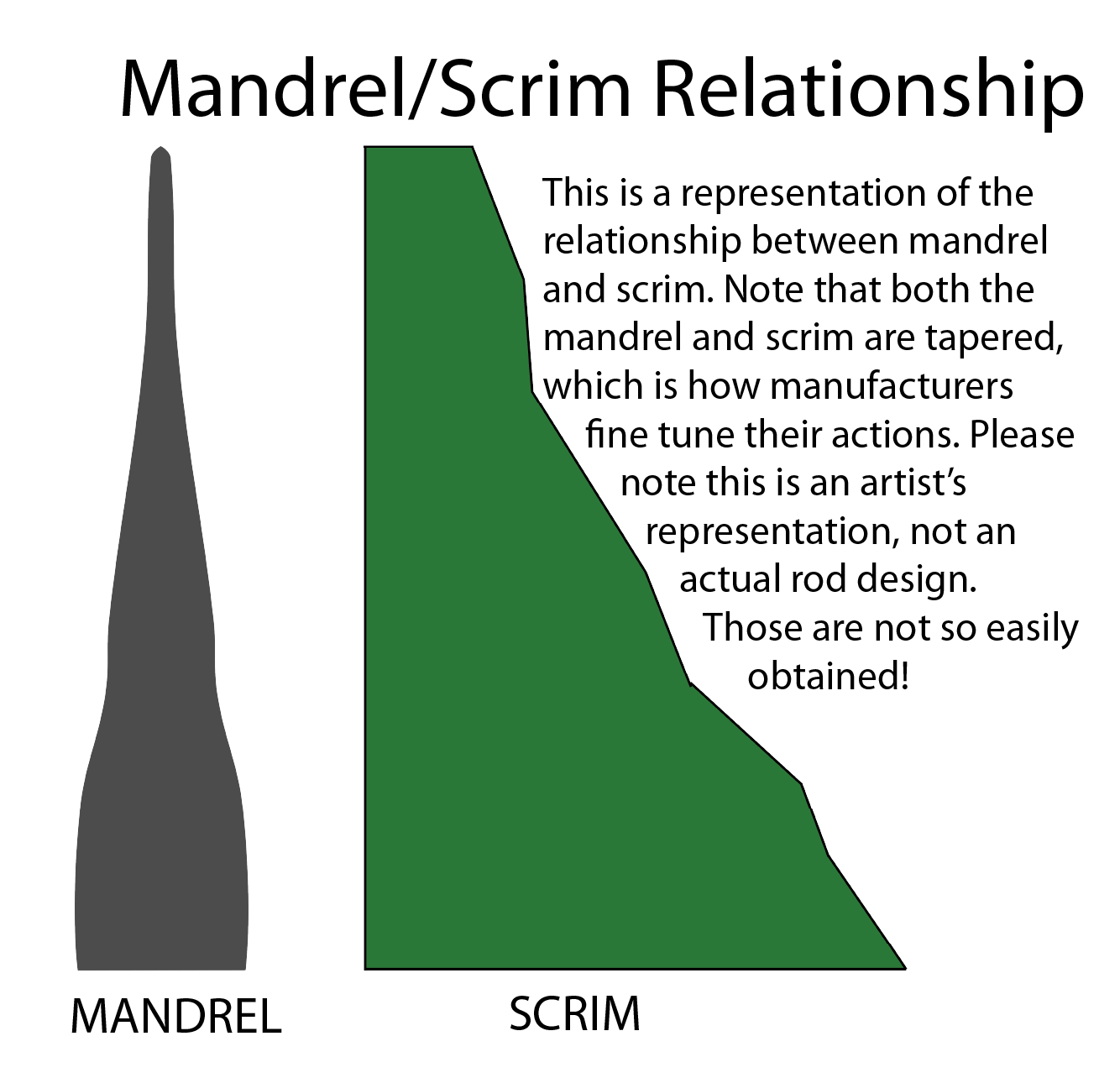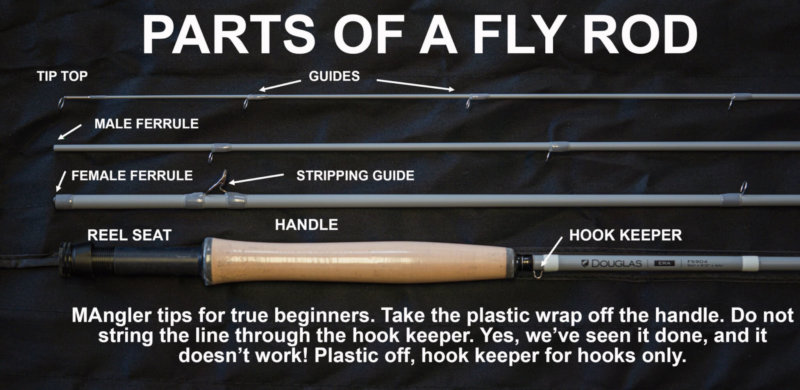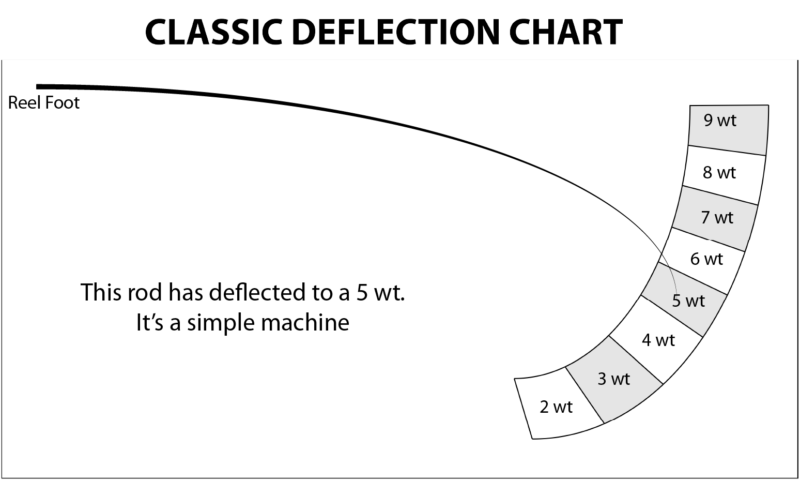At the Missoulian Angler, we are big fans of the fly fishing packages for beginners. So many questions are answered, so many problems are solved with an outfit. The line, backing and reel come pre-loaded on the reel, so you don’t spend hours learning and tying knots you don’t really need very often. The rod comes in its own protective case for rod and reel. The rod and reel are balanced for comfortable fishing, and with the technology being used in manufacture, these relatively inexpensive outfits are very good fishing tools.
Echo Lift Kit
The Echo Lift Kit, upgraded from the Base outfit, has been our most popular fly fishing kit for the novice angler. This is probably based on price, as the Lift Outfit is our least expensive of the fly fishing combo packages. It comes in a 9’ 5 or 6 weight, and as an 8’ 4 weight. All rods in the Base series are 4-piece rods, which makes storage and carrying a whole lot easier. The Lift Rod is a mid-action rod, comfortable to cast, well made and durable. The reel is a cast composite with a mechanical drag, and is set up with a left hand wind but can be switched to right hand wind. The backing is pre-spooled, and rigged with an average fly line. The leader is 9’4X. Simply remove the protective plastic from the reel spool and rod handle, tie on a fly and you’re ready to fish. We used these beginner fly fishing outfits for our teaching and rental rods for years- they are an exceptional value in a starting fly fishing outfit and comes with a lifetime warranty for the rod and reel.
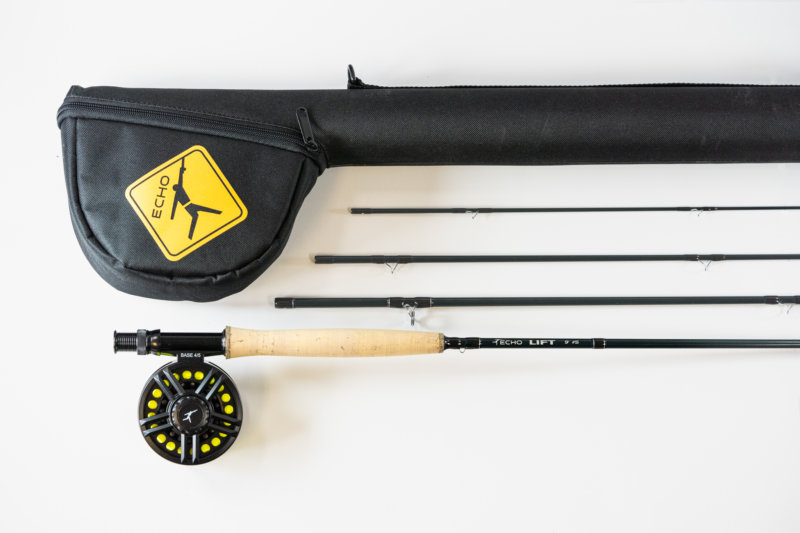
Echo Lift Fly Fishing Package
5wt Recommended For Beginners
Echo Traverse Kit
The Echo Traverse is Echo’s upgrade in our novice angler choices of fly fishing packages. The Traverse outfits are available in a 9’ 4, 5 and weight rod outfits. The rod is a bit faster than the Lift, but not so much that it becomes difficult to cast. The biggest upgrades in the Traverse kit are in the reel and line. The reel is the Echo Ion. It’s a cast metal for better durability as well as closer tolerances. Cast metal reels are a superior option to a cast composite reel because of the closer tolerances.
It’s the line that has received the biggest upgrade in this fly fishing package. The Traverse line is a couple of steps up in quality from the Lift fly fishing kit. It’s a more durable, higher floating line than in their other kits. Because the line is so critical in fly fishing performance, we feel the higher price represented by the Traverse is often worth the additional expense for an outfit that performs at a higher level directly out of the box. As with the Lift Kit, the rod is correctly balanced, and the reel comes spooled with backing, line and leader, again in a left hand wind. This fly fishing package also has a lifetime warranty for the rod and reel.
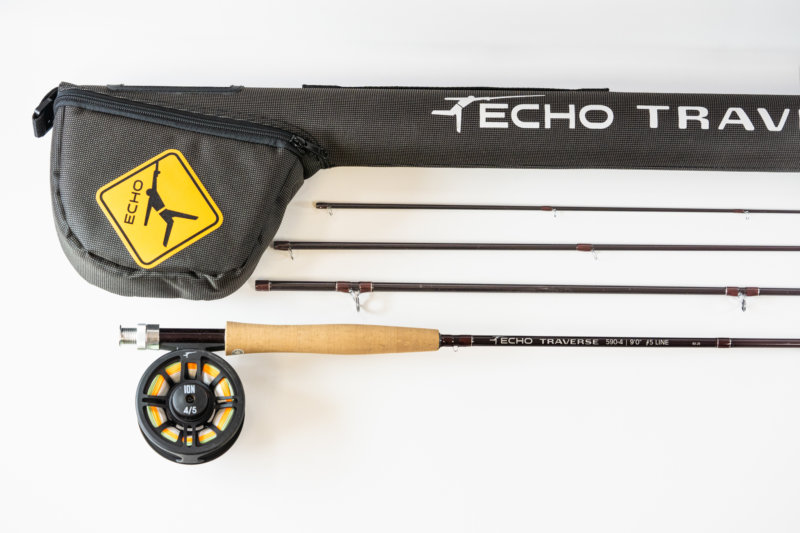
Echo Traverse Kit
5wt Recommended For Beginners
Mangler Fly Fishing Package
At the Missoulian Angler, we are fans of the Douglas fly rods as well. New for 2022 is the ERA rod, available in a 5 and 8 weight. We are pairing the ERA rod with the Echo Ion Reel, a Scientific Angler Mastery fly Line, backing and a Rio 9’ 4X leader and offering this as an exclusive Mangler fly fishing kit. The ERA rod is an excellent casting rod, utilizing all we’ve come to expect from Douglas in every rod they make. The Frequency line is high floating and durable, and we’ve chosen it as the best value in a fly line. Please note the MAngler ERA fly fishing package does not come in a Rod/Reel case- the rod tube holds only the rod., and the reel will need to be stored separately. The same applies to the next fly fishing package listed as well. The Mangler fly fishing combo package reel and rod both come with a lifetime warranty.
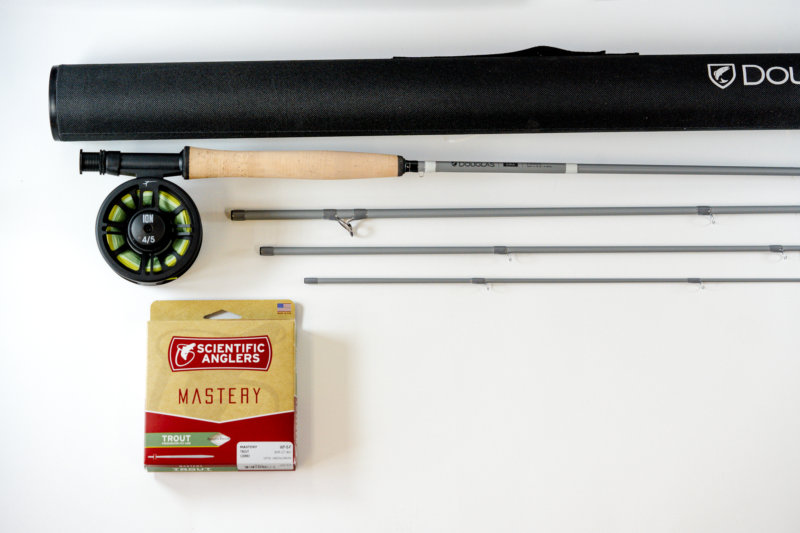
Mangler Fly Fishing Package
5wt Recommended For Beginners
Mangler Fly Fishing Package 2.0
For the angler looking for a step up from the basics, we are offering a fly fishing kit based on the Douglas LRS fly rods. Available in many line weights and lengths, we are pairing these rods with a Lamson Liquid fly reel, spooled with a Scientific Angler Mastery fly line. This kit is more expensive than an introductory fly fishing outfit, and the quality will show. The LRS rod has proven to be a shop favorite, while the Liquid is our number one selling reel, based on price and performance. The Mastery line is SA’s top of the line from 20 years ago- it worked well then and it works well now. Again, the reel will be spooled with the appropriate backing, and will come with a leader attached so you’re ready to go fishing. Like all of our fly fishing packages, the rod and reel comes with a lifetime warranty.
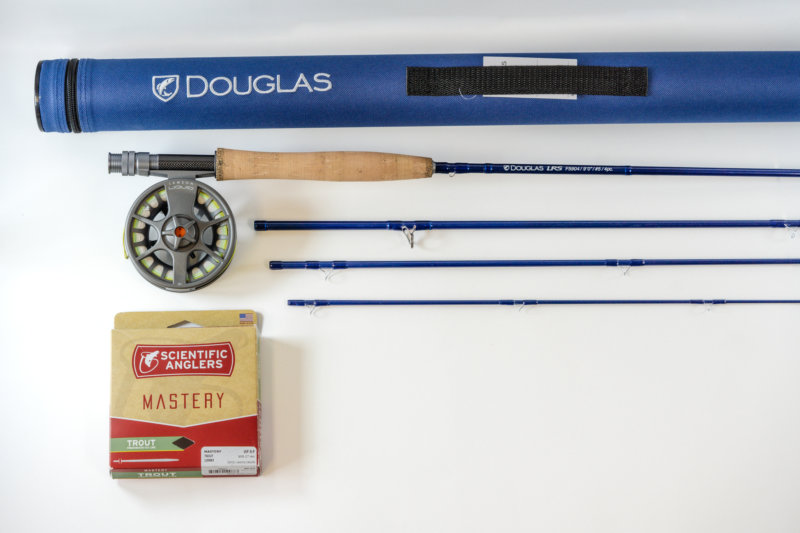
Mangler Fly Fishing Package 2.0
5wt Recommended For Beginners
Echo Gecko Fly Fishing Package For Kids
Another outfit that bears mentioning is the Echo Gecko kids fly fishing outfit. The Gecko is designed for the junior angler, and is perfect for anglers in the age range of 3-10 years old. 7’9″ and a 4 weight, the Gecko rod has a narrow handle for smaller hands, and a small fighting butt/handle that a younger angler can use to add strength to their cast. Hey, two hands for beginners! If you have a young angler coming up, the Gecko kids fly fishing kit is the way to go. The Echo warranty is very good, so if an accident does befall the rod, all is not lost.
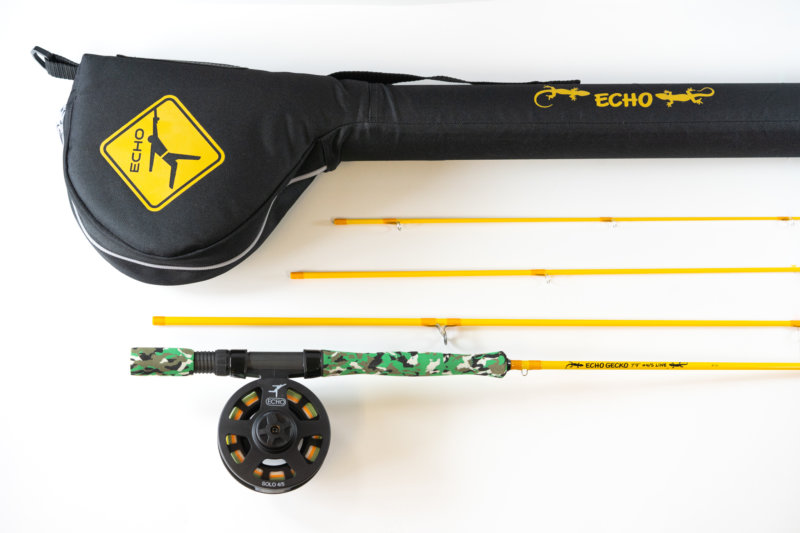
Echo Gecko Kids Fly Fishing Package
5wt Recommended For Beginners
Selecting a Fly Rod
We talk about these fly fishing packages from the standpoint of a beginner, but can say with all confidence these are excellent fly fishing tools. There are many other species to chase with a fly rod other than trout like bass and pike to name a few, but not everyone wants to drop $700 on a rod and reel for a species they might not target more than 2-3 times a year. We would have no hesitation in recommending an 8 weight outfit for those couple of times a year a pike or bass rod might be required. For those with less need for a heavier weight rod, the 4 weight outfits offer a great introduction into a lighter rod without breaking the bank. For most trout fishing, the 4 or 5 weight options are usually the best all around option. 4 weight for smaller streams and 5 weights for larger streams.
Since The River Ran Through It, fly tackle technology has advanced geometrically from what had previously been available. Rods, reels and lines have undergone incredible advances, and what was once considered cheap and less effective has morphed into fishing tools that work exceptionally well. The only place this doesn’t apply is if you are venturing into the salt for the first time. The rod and the line are fine- it’s the reel that might be problematic. The reels that come with the outfits aren’t designed to withstand the corrosive effects of salt water. They will work in an emergency, but you had better REALLY clean them after fishing, or you’re going to have a problem on your hands.
Today’s outfits are wonderful pieces of equipment- well thought out, with performance far exceeding their relatively modest price. 30 years ago we couldn’t say this, but we can now. Like every industry, fly fishing benefits from trickle down technology and the beginning angler will be very well served by the fly fishing combo kits available today.
Mangler Fly Fishing Starter Kit
Fly Fishing starter kits are a fast track to getting started correctly, and we’ve developed other bundles to streamline the beginning fly fisher’s journey. For someone looking to get started in fly fishing correctly, we built the Mangler Fly Fishing Starter Kit. It begins with a 3-pack of 3X leaders, gel floatant, tippet in 3, 4 and 5X, a box of 2 dozen flies that work in all areas of the country, 2 indicators, nippers and forceps. With this fly fishing starter kit, an angler can step into the water knowing they have what’s needed for a successful day on the water. We’ve designed this fly fishing kit to take the guess work out of starting fly fishing. It can be a tricky and intimidating process, entering fly fishing, and this fly fishing Kit can remove a lot of question marks, as well as saving a few bucks when purchased as a unit.
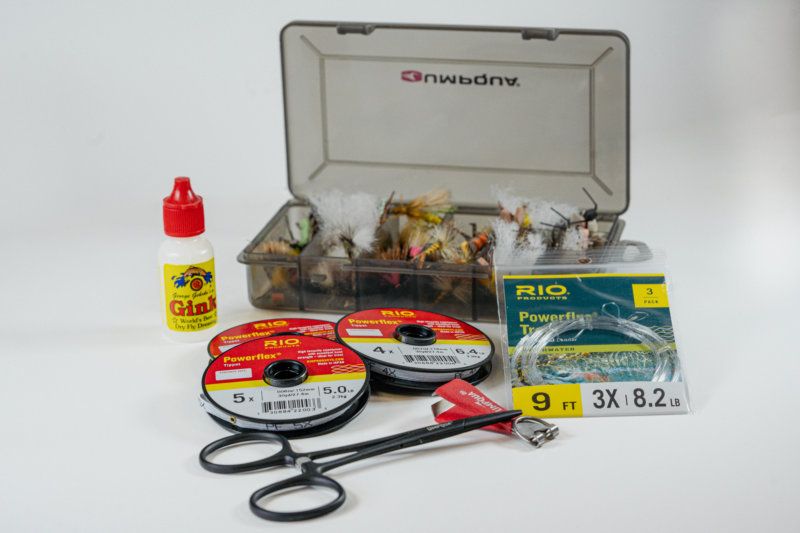
Mangler Fly Fishing Starter Kit
Great for beginners who are getting started in fly fishing

